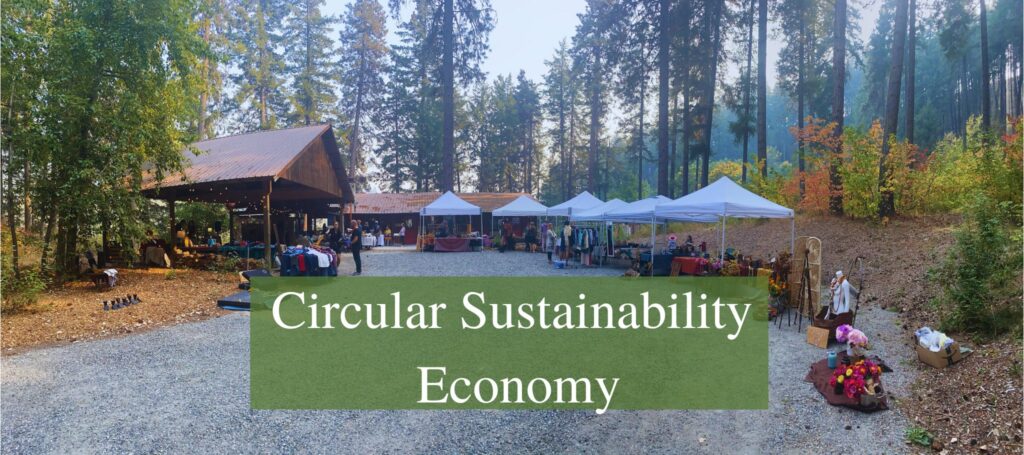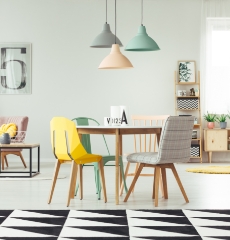What does this mean to you?
A circular economy is based on sharing, leasing, repairing, and so on. The circle is: make, reuse, remake, recycle.
A real-world example on a micro level is a barter fair, I had the pleasure of attending one in Leavenworth, WA.
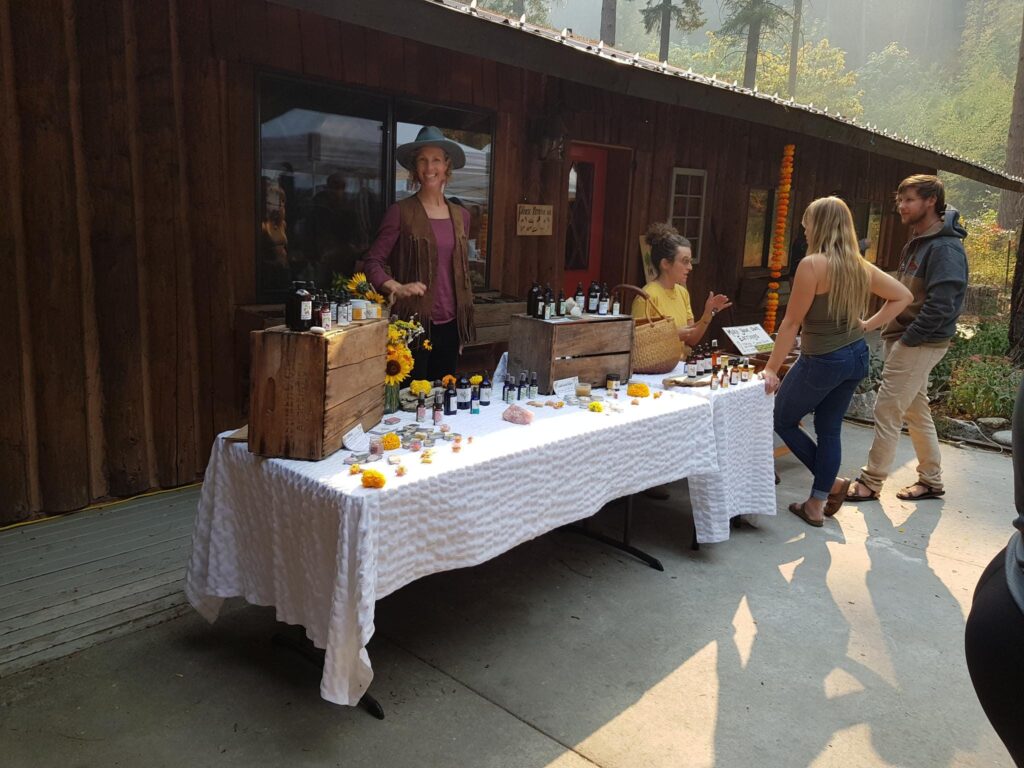
Rosie Ridge Barter Faire:
There were about a dozen artisans that set up at the host’s home in her spacious, wooded property, with booths arrayed around the gravel parking area and music, conversation areas, and food under the huge, covered patios. Similar to a regular craft fair except that the idea was to barter and trade items instead of paying cash.
The artisans wandered around to everyone else’s booths, browsing for things they liked, got to know one another and traded goods back and forth. Cash was always an option and if a proposed trade didn’t work for you, it was okay to say no.
The general public, friends and family dropped by; some bought products, and some arrived with baskets of goodies to trade with. Homemade preserves, flower arrangements, food, and handicrafts. They either wandered the booths looking for trades or set out their goods on display for a time.
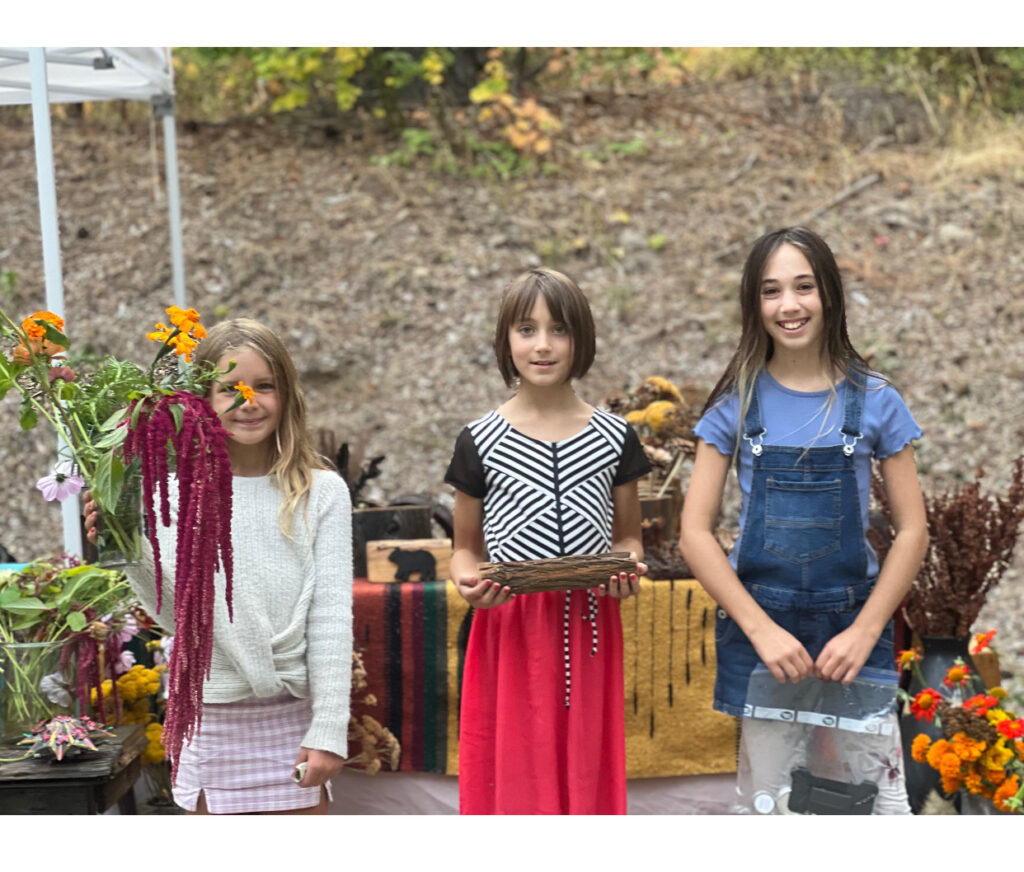
The next generation:
It was a family friendly event with a number of entrepreneurial kids taking part. Three young girls brought an array of earrings they had made. They didn’t wait for people to come to them, they were pro-active in approaching other artisans and asking if they would trade with them. How could you say no? Three boys, about 10 or 12 years old, had a bit different approach, they were going for the ultimate up trading coup. (Maybe inspired by the paper clip to house trade story). They started out with something small and traded with whoever they could, shooting for something of more value each time. It was very entertaining, watching their dedicated and outgoing approach to the task at hand. They did fairly well in the end – once again – who could say no?
It was a very enjoyable weekend, socializing, good food, interesting people and inspiring to see people celebrating their community and living the circular economy theory.
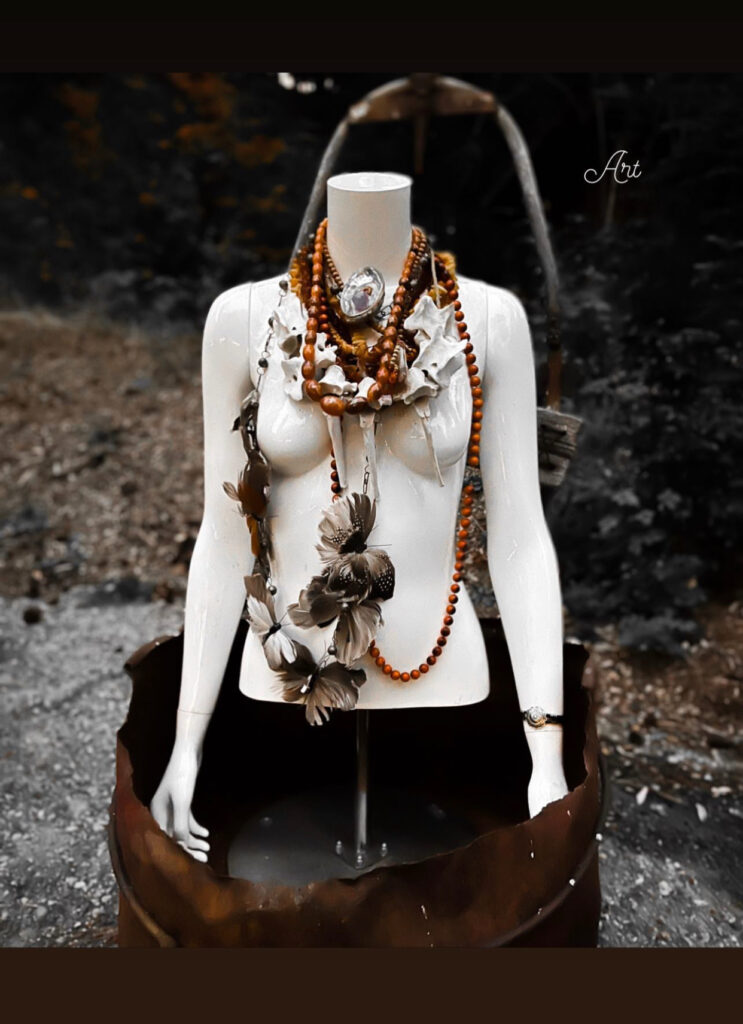
Change our ways:
We certainly need to think about how to change our consumerism mind set. Taking a holistic approach to the entire life cycle of products and services. Products should be designed so that they can be recycled, but even better, to be repairable! Who does that anymore? Repair shops for everything from power tools and appliances to shoes rarely even exist anymore.
It seems that most things are designed to fail – good for a short time, then throw it out and buy another! Keeps the economy going right? Well NOT in the long term!
Think circular: reuse, remake, recycle.

